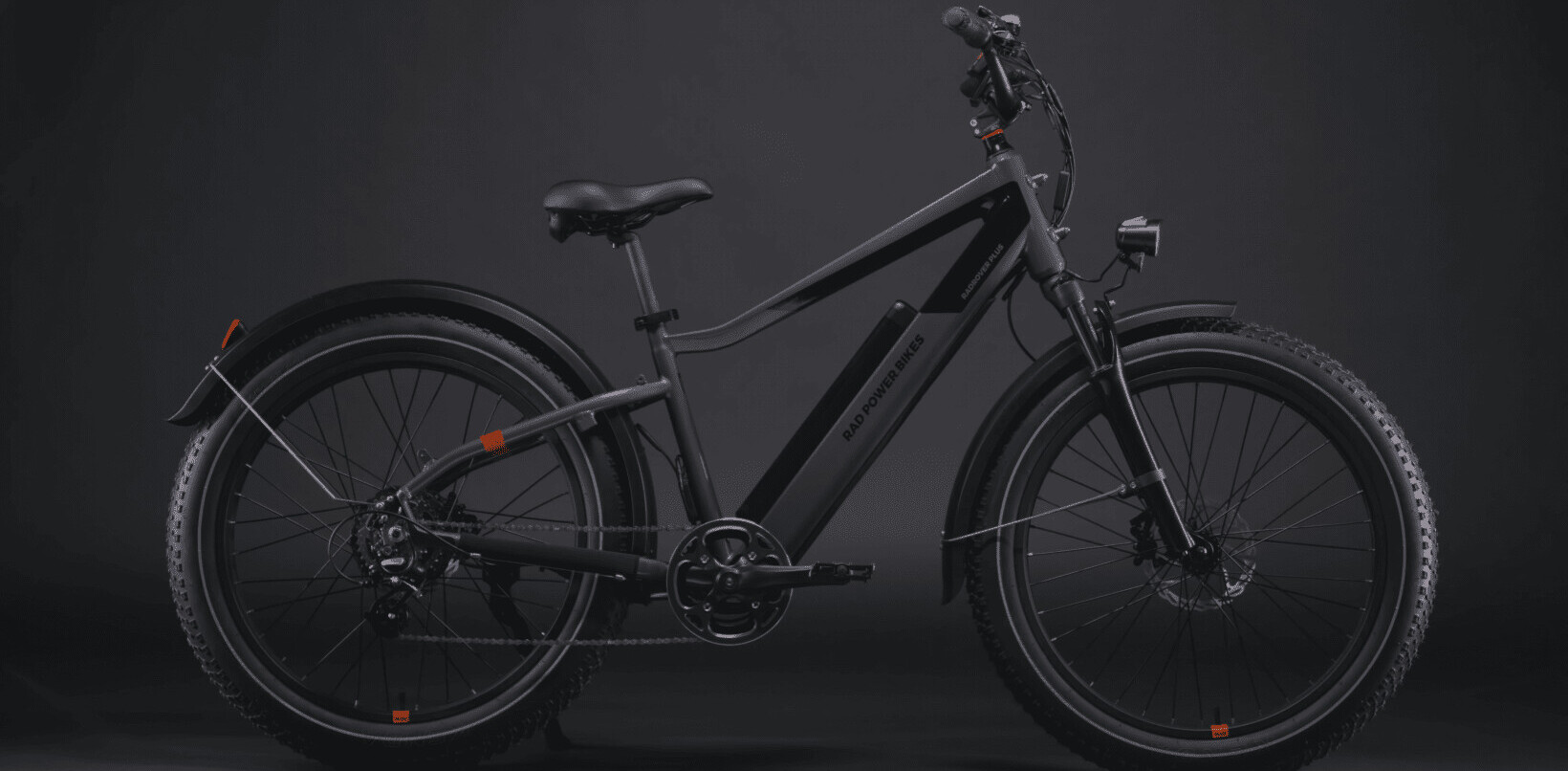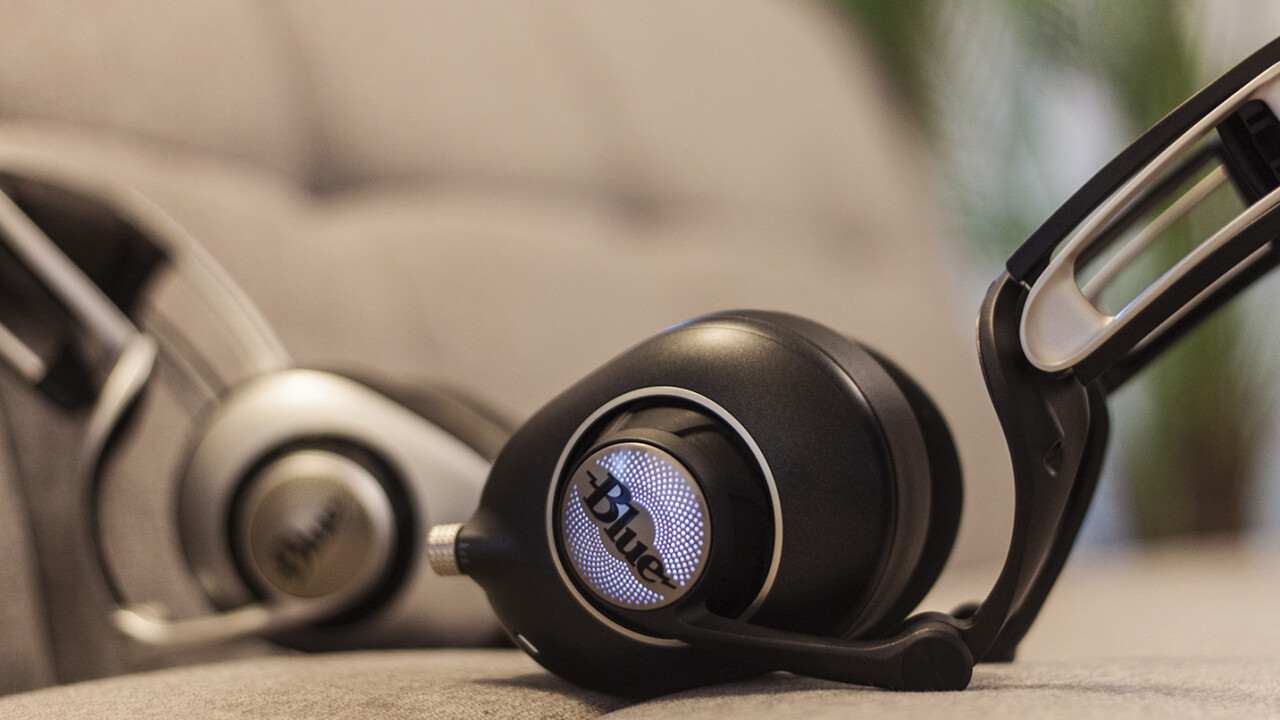
I’ve been a fan of Blue since I tried their excellent USB microphones over the past year; these people know their sound. And that’s why I was excited to test their duo of premium wired on-ear headphones, the Ella and Sadie.
Don’t let their good looks fool you: both pairs are as much about high-fidelity sound as they are about exemplary design and ergonomics. The Ella and Sadie feature built-in headphone amplifiers to add depth and improve clarity in your audio from a range of sources, whether it’s streaming music from your phone or enjoying lossless albums on your laptop.
Oh, and the Ella features planar magnetic technology – special super-thin drivers designed differently from the dynamic drivers that are common to most consumer headphones (as well as the Sadie) for increased accuracy in reproducing recorded material. As such, it costs nearly £300 more than its sibling.
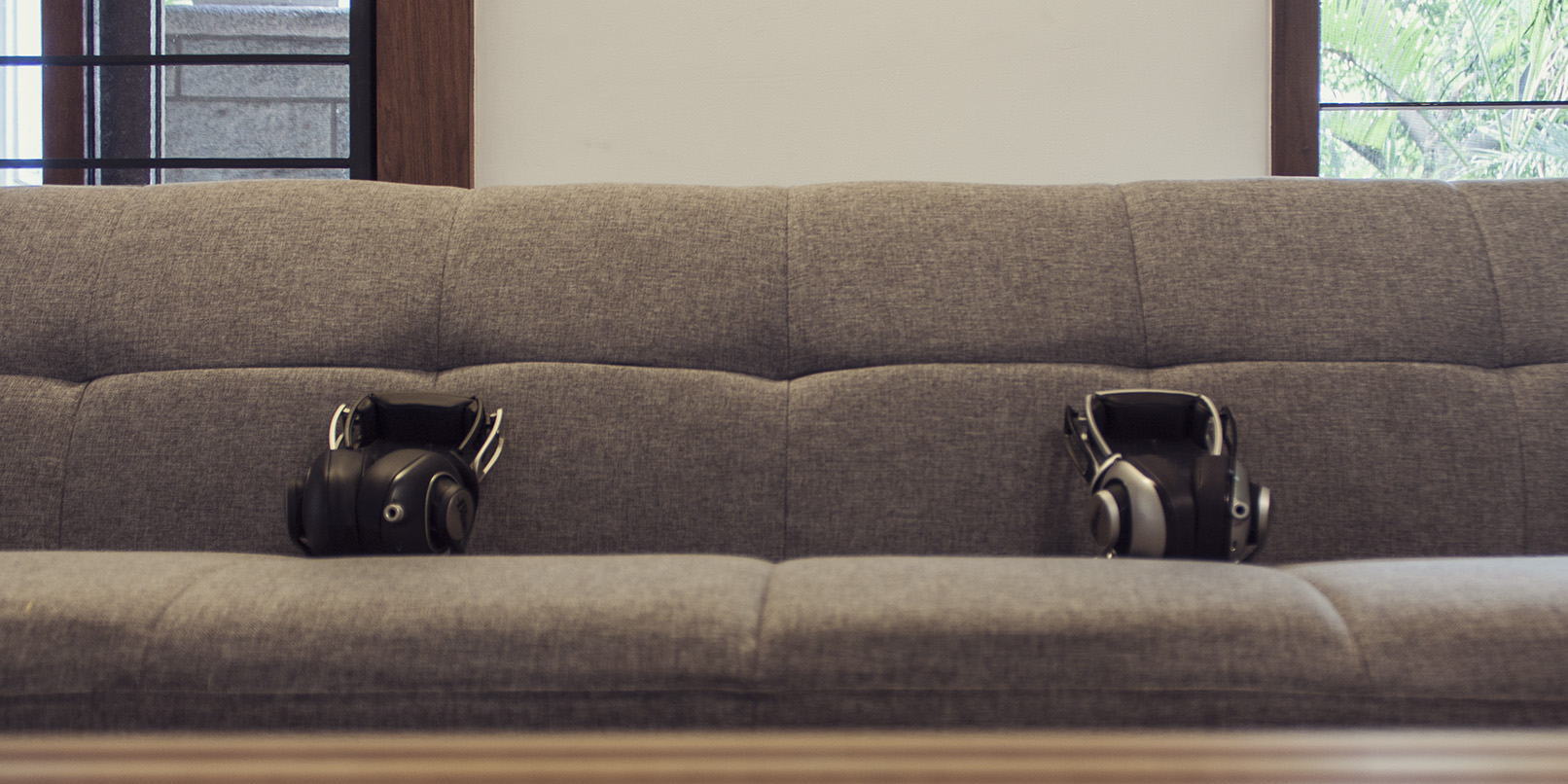
So, who are these for, what are they good at, and are they worth your money? I listened to loads of albums with them over the past few weeks and compared them with other excellent headphones to get a handle on things. Here’s what I found.
Design
Save for their colors, the Ella and Sadie are practically identical, with multi-jointed headbands that Blue says were inspired by the suspension of racecars. I was glad to hear more about their design, and the shift away from modern minimalism, from Tommy Edwards, Director of Product Management, Audio Innovation at Blue:
We had to create a new stylistic theme for headphones that leveraged Blue’s DNA, avoided the generic minimalism of the competitive field…
The visual language we developed for Blue’s headphone line hits these criteria. Sweeping organic surfaces that highlight the unique linkage mechanism and architecture. Machined details and interaction features that invite the user’s touch but reinforce the interaction with a feeling of precision and quality. Cast metal armatures that provide structure and rigidity at the same time as lightness and sophisticated sculpting. A rich CMF (color, material and finish) palette, high-quality vinyl with all the qualities of fine leather, machined metals, and microphone-style wire mesh.
He’s not kidding: these are seriously beautiful and well-built headphones that are not only comfortable enough to listen to a couple of albums in a single sitting, but also feel like they’d be able to stand the test of time over several years of use. And of course, they stand out from the crowd with their imposing silhouettes.
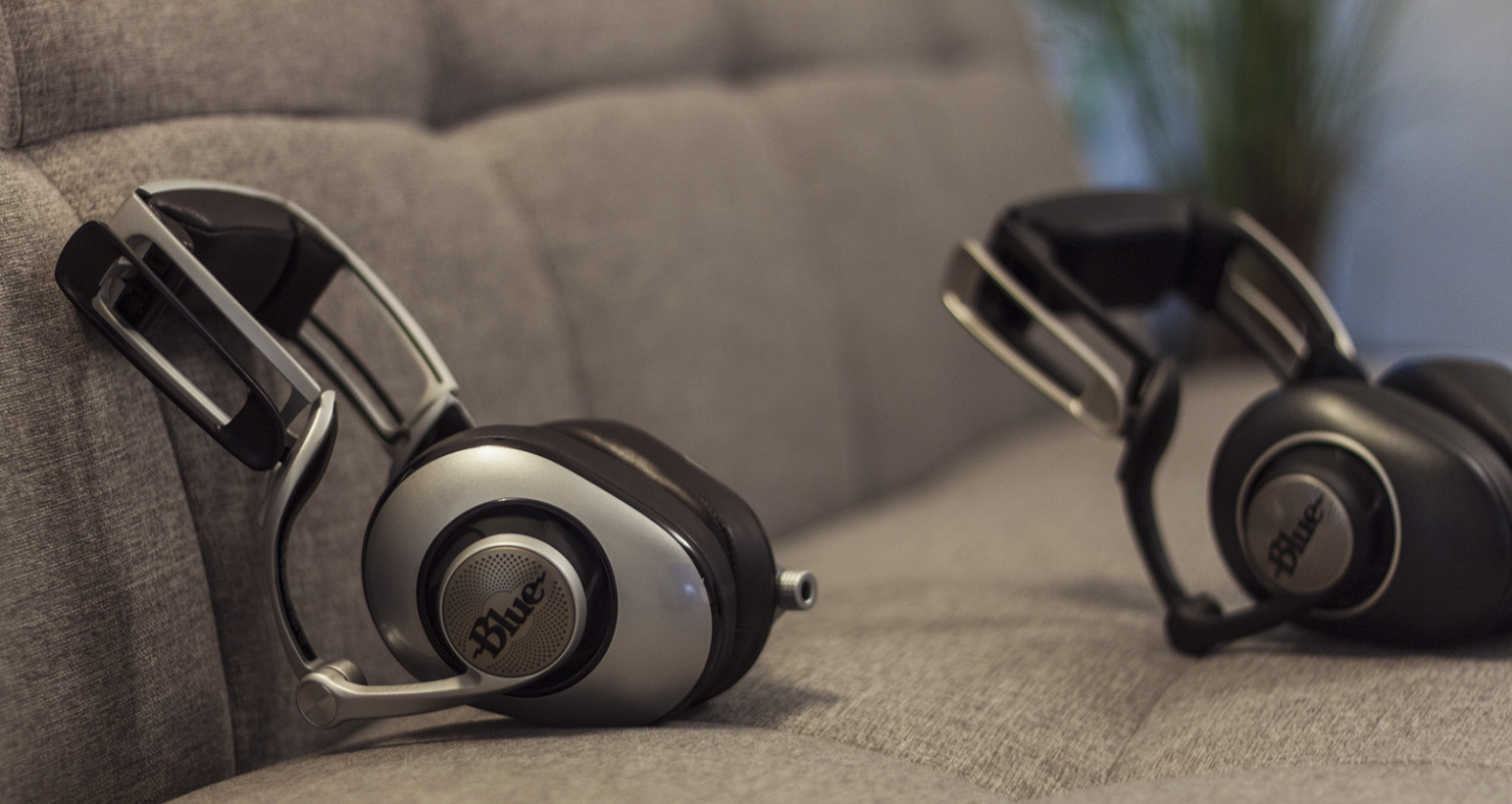
A word of caution: I’d hardly call these portable. They both weigh upwards of 440g and stand roughly 8 inches tall, which means they’ll take up a fair amount of space in your bag and will overwhelm some slim laptop backpacks. Instead of lugging these around, I’d much rather use them exclusively at home by a listening station with an iPod, a recliner and a window with a view.
Comfort
I love the way both sets fit, because they not only extend horizontally to accommodate your head, but the earcups also fold down for a snug and comfortable seal around your ears. As someone who wears glasses every waking hour of the day, I appreciate the fact that these don’t push my ears up against the temples of my spectacles in the least. That and the luxurious headband padding ensure that I can wear these for hours without a fuss.
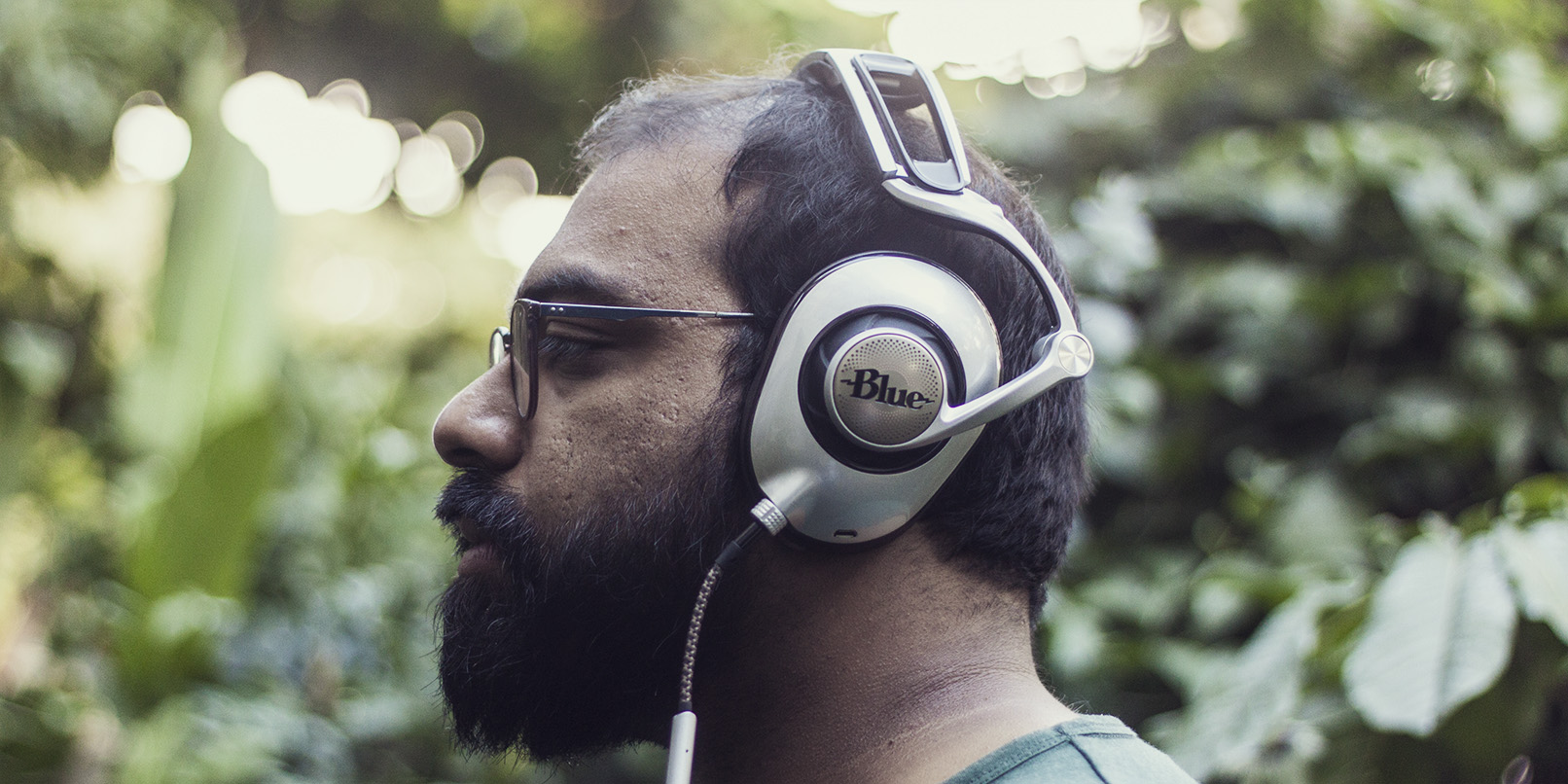
I also like that both sets come with replaceable 3.5mm cables, so you don’t have to worry too much about them fraying. The cables also include volume and play/pause buttons, as well as a serviceable microphone.
Performance – Sadie
I’ve just moved into a coworking space that’s crawling with audiophiles, so I’ve had the immense pleasure of testing a bunch of different well-regarded headphones, along with dedicated headphone amplifiers, to inform this review.
Both the Sadie and Ella can be used in three modes – a passive mode that lets the audio source drive the headphones, an ‘On’ mode that engages the built-in headphone amp, and an ‘On+’ mode that activates the amp as well as an analog low-frequency enhancement circuit for deeper bass.
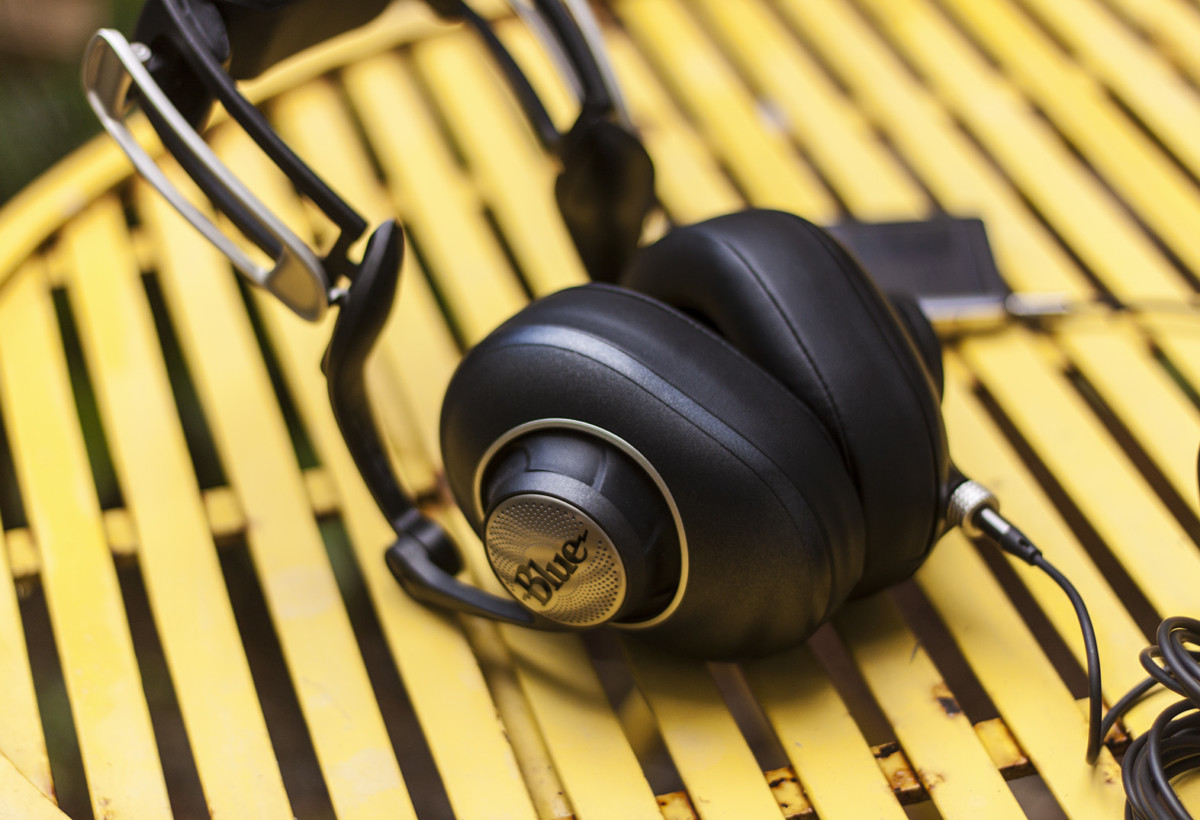
Modeled after Blue’s popular (and now discontinued) Mo-Fi headphones, the Sadie packs a solid punch with immense power and surprising clarity. It’s not quiet like the Beyerdynamics DT880 250 Ohm variant, which is designed to be used with a headphone amp and is better suited to those with sensitive ears.
Instead, its output hits you like a Mack truck with a racecar driver at the wheel. I fired up a wide range of tunes, from the eight-string guitar-driven instrumental metal on Animals as Leaders’ last record, The Madness of Many, to the soulful pop stylings on John Mayer’s latest effort, and quieter stuff like Juana Molina’s experimental album, Halo. The Sadie never failed to excite and delight me with its immediate presence and punchy sound signature.
What’s the difference between regular ol’ dynamic drivers and planar magnetic technology?
With dynamic drivers, a coil of metal wire receives a signal, creating a magnetic field that works with a magnet. This causes another component called a voice coil to move back and forth, and also push a cone-shaped diaphragm to move the same way, compressing and decompressing air as a result. That’s what generates sound waves that travel to your eardrum.
Planar magnetic headphones operate on more or less the same principle, but instead of driving a small portion of the diaphragm, multiple magnets cause the entire diaphragm (which is loaded with a conductive layer) to move. The idea is to to produce sound with lower distortion than dynamic driver headphones.
Performance – Ella
The Ella set uses planar magnetic drivers in an attempt deliver a clearer and more transparent sound than you might be used to on traditional headphones. Alternatives using this technology are available at a range of price points, like HiFiMan’s $300 HE400S and Oppo’s $1,100 PM-1.
Blue’s offering fares pretty well on that front. Flipping through records like Wild Beasts’ indie rock masterpiece, Boy King, Inc. No World’s beautifully breezy soul debut, and South Indian folk rockers Avial’s eponymous disc, I was glad to hear individual instruments and layers distinctly, with a sort of articulation that never fatigues the ear.
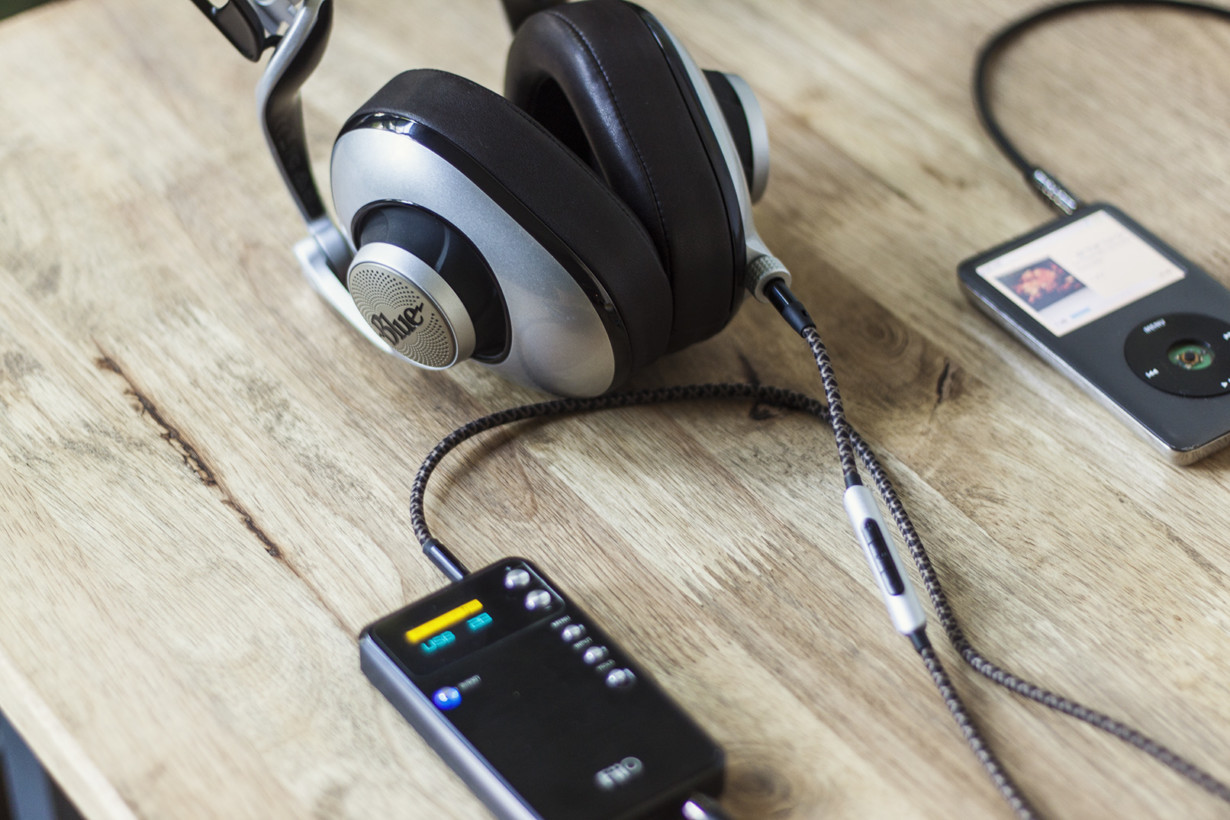
It certainly doesn’t have the Sadie’s teeth. Instead, it sounds a fair bit more refined; modern metal from acts like Klone, Tesseract and Skyharbor has a nice rounded quality to it, with easily discernible details across the spectrum – drummers’ ghost notes, harmonies low in the mix and subtle electronic embellishments that you may not notice on your first listen all shine through immediately.
That being said, the Ella is very much a house cat. It’s designed to be used with a headphone amp or a powerful audio source, so you’ll either need to have those with you or charge the pair so you can engage the onboard amplifier. The Off mode just wasn’t powerful enough to enjoy on its own – it’s better suited to use with an external amplifier if you’ve got one that you like. I tried it with FiiO’s Alpen E17, but I found the Ella to actually pair better with its own amp to bring out detail and depth.
Should you buy these headphones?
From their performance to their fit and finish, there’s no doubt that these are premium products designed for discerning music lovers. If you’re in the market for headphones that sound as good as they look in your listening corner, Blue’s got you covered.
The Sadie is an excellent buy at £385/$492/€436 in the UK ($400 in the US) if you’re keen on powerful sound that’s also richly detailed. It stacks up well against popular choices like the significantly cheaper Beyerdynamics DT880, and earns its keep with its onboard amp, distinctive styling and exceedingly comfortable fit.
The Ella presents a more restrained soundscape, and is great for dissecting carefully engineered albums like Michael Jackson’s Dangerous; I loved being able to follow bass lines down to the end of each bar instead of losing them in the mix, and picking out little audio easter eggs I hadn’t heard before in much-loved tracks from my collection.
However, it’s awfully pricey at £659/$840/€754 in the UK ($700 in the US). The sound profile is different from the Sadie, and may not make for a fair direct comparison – but I can’t say that it warrants the extra dough, even with that excellent onboard amp. Those with a better ear for audio might find this talk about money to be petty and irrelevant, though.
And while I love the way both sets look and wear, I do wish they were more portable, as I’ll only get so much use out of them if they’re stuck at home all the time.
If you’re okay with that, I think you’ll find Blue’s Ella and Sadie more than capable of putting a smile on your face. Wondering where to get them? Follow these links:
UK: Ella (£659/$840/€754) / Sadie (£385/$492/€436)
US: Ella ($700) / Sadie ($400) / Bluemic.com
This post is not sponsored, but it includes affiliate links to products that you can buy online. If you purchase them through our links, we get a small cut of the revenue.
Get the TNW newsletter
Get the most important tech news in your inbox each week.
